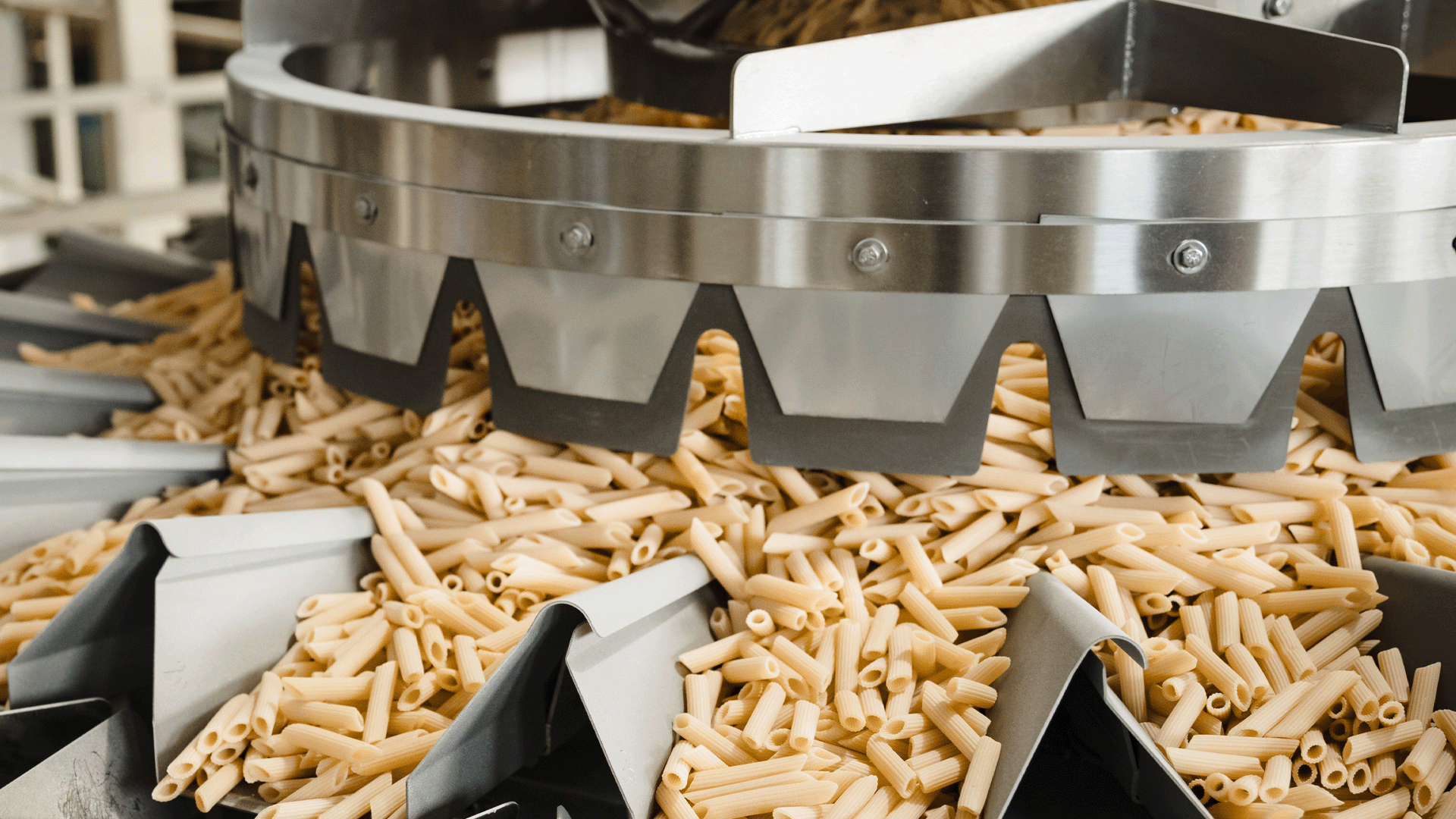In food, beverage, and biopharmaceutical production, maintaining strict hygiene standards is one the most important guidelines. With consumer safety and product quality at stake, companies rely on specialized industry guidelines to ensure their equipment and processes are sanitary. Among the most widely recognized of these guidelines are 3-A Sanitary Standards, which focus on the design, fabrication, and cleanability of equipment and components used in hygienic processing environments.
What Are 3-A Sanitary Standards?
3-A Sanitary Standards were developed as a collaboration between various sectors of the sanitary equipment industry, including regulatory agencies, equipment manufacturers, and end-users. Their goal is to establish comprehensive benchmarks for sanitary design and construction. By meeting 3-A criteria, manufacturers demonstrate that their products are engineered to prevent contamination and promote cleanliness, ultimately safeguarding the integrity of food-grade products.
When it comes to components, like sanitary tubing, 3-A standards ensure that these parts have smooth internal surfaces free from pits or crevices. These surfaces minimize the risk of harboring bacteria and make routine cleaning more efficient. Furthermore, strict welding and polishing protocols, as well as appropriate material selection, are all part of the criteria that ensure long-term hygiene and reliable performance under frequent high-temperature cleanings or sterilization processes.
How Are 3-A Standards Met?
- Design and Material Selection: Equipment and parts must be carefully designed so there are no hard-to-reach areas where microorganisms can accumulate. Approved materials, often high-grade stainless steel, are required to withstand rigorous cleaning protocols and resist corrosion. This emphasis on quality materials maintains structural integrity and sanitation over a product’s lifespan.
- Surface Finishes: Smooth internal finishes are crucial to prevent microbial buildup. Typically, surfaces should have a roughness average (Ra) within a specified limit. While exact measurements can vary, the principle remains the same: the smoother the surface, the easier it is to sanitize.
- Clean-In-Place (CIP) and Sterilize-in-Place (SIP) Compatibility: Hygienic processing facilities often use CIP or SIP systems to streamline cleaning without disassembling equipment. Components meeting 3-A standards are designed to withstand repeated exposure to high temperatures, chemical cleaning agents, and other sterilization procedures.
- Regular Inspections and Audits: Maintaining 3-A compliance involves consistent monitoring. Inspections and audits—both internal and external—confirm that equipment remains in top condition and adheres to the latest guidelines.
When Is a Part Considered Non-3-A Compliant?
Despite best intentions, some components may fall out of compliance or fail to meet 3-A standards altogether. This generally occurs for a few common reasons:
- Improper Surface Finishes or Damage: Over time, abrasive cleaning or wear and tear can compromise the smoothness of a part’s interior, creating pits or scratches where bacteria can hide.
- Use of Non-Certified Materials: If lower-grade steels or other unsuitable materials are substituted, they may corrode or degrade under repeated cleaning, compromising hygiene and potentially risking contamination.
- Incomplete or Poor Welds: Weld quality is essential to ensure there are no cracks or gaps. Poorly welded seams can trap product residue, making thorough cleaning nearly impossible.
- Design Changes or Modifications: Alterations to an originally certified component—for instance, re-engineering a valve or retrofitting a fitting—can change the dimensions or introduce crevices, thereby negating its original 3-A certification.
Why It Matters for Your Facility
Investing in sanitary tubing, sanitary fittings, and sanitary valves that adhere to 3-A Sanitary Standards is critical for maintaining a hygienic production environment. Beyond regulatory compliance and consumer safety, these standards help extend the life of your processing equipment and reduce downtime associated with cleaning or repairs. Selecting 3-A compliant components from a trusted supplier ensures you’re minimizing risk, optimizing efficiency, and safeguarding the quality of your end products.

